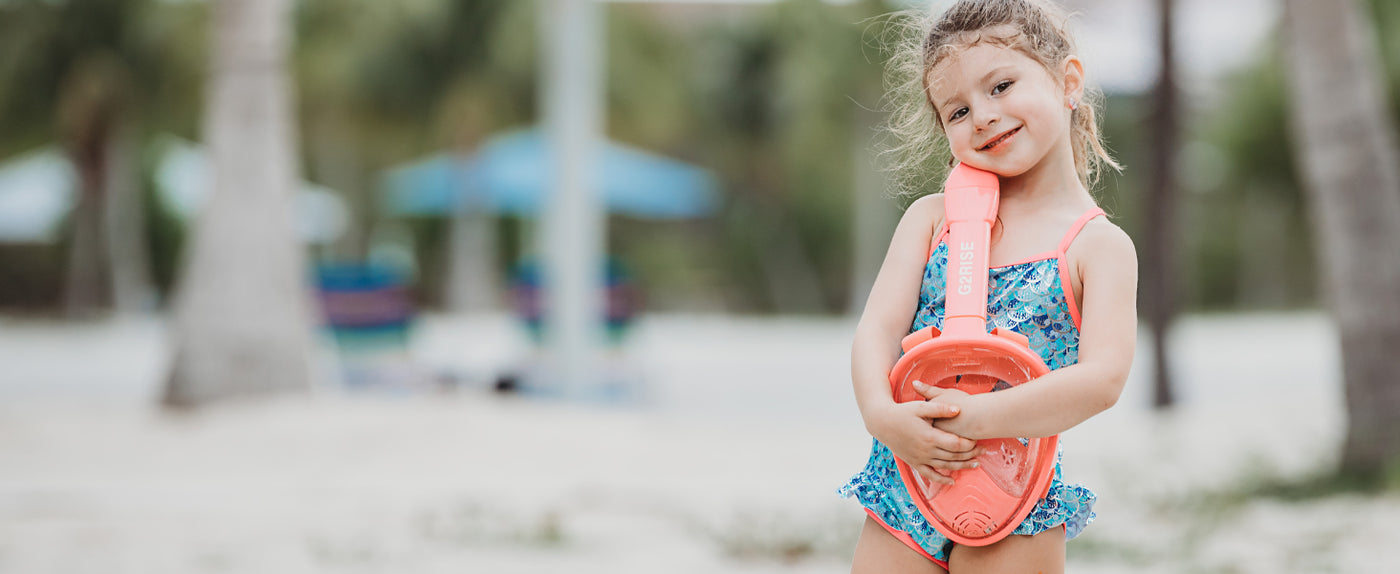Uncover the Secrets to Choosing the Perfect Full Face Snorkel Mask for Your Little Adventurer!
Snorkeling has become an exciting and popular activity for families, especially for children who are eager to explore the underwater world. With vibrant marine life and stunning coral reefs, the ocean beckons to young adventurers. However, as thrilling as snorkeling may be, selecting the right gear is crucial, particularly when it comes to full face snorkel masks designed for kids. The right mask can enhance their experience, ensuring both safety and enjoyment. In this article, we will guide you through everything you need to know about full face snorkel masks for children, from understanding their unique features to essential safety tips and how to introduce your child to snorkeling.

Understanding Full Face Snorkel Masks
Full face snorkel masks are innovative gear that allows users to breathe normally through both their mouth and nose while enjoying the underwater views. Unlike traditional snorkel masks that require a separate snorkel, these masks integrate a snorkel into the design, providing a panoramic view of the surroundings. The advantages of full face snorkel masks for children include increased comfort and ease of use, as kids don’t have to worry about keeping their mouths around a snorkel tube. However, it's essential to recognize potential downsides, such as visibility issues when the mask fogs up or the risk of water entering if not fitted correctly. Understanding these aspects will help parents make informed choices about the safety and enjoyment of their kids while snorkeling.
Key Features to Look for in Kids' Snorkel Masks
When selecting a full face snorkel mask for your child, there are several key features to consider. First and foremost is the size and fit of the mask, as an ill-fitting mask can lead to leaks and discomfort. Look for adjustable straps that allow for a secure and snug fit. Next, consider the materials used in the mask. Opt for masks made from high-quality, durable materials that are also hypoallergenic to avoid skin irritations. Safety features are another critical aspect; many masks now come with a dry top snorkel that prevents water from entering, which is particularly important for young snorkelers. Lastly, visibility is paramount. A mask with a large lens provides a wide field of vision, helping your child take in all the beauty around them without feeling restricted.
Safety Considerations
Safety should always be a top priority when snorkeling with children. While full face snorkel masks can enhance the experience, they come with their own set of risks. One of the main concerns is the potential for carbon dioxide buildup, which can occur if the mask is not properly ventilated or if it fits too tightly. Always ensure that the mask is approved for safety and that your child is comfortable wearing it before venturing into the water. Additionally, supervision is crucial. Never allow children to snorkel alone; always keep a watchful eye on them while they explore. It’s also wise to practice in shallow water where they can get accustomed to the mask and the feeling of breathing underwater before heading to deeper waters.
Tips for Introducing Kids to Snorkeling
Introducing your child to snorkeling can be a rewarding experience, and there are several tips to make it enjoyable for both of you. Start by choosing a calm and safe location, such as a beach with clear water and minimal waves that can help alleviate any fears. Organize practice sessions in shallow water, allowing your child to get comfortable with the mask and breathing techniques. You might even consider snorkeling together in a kiddie pool or a bathtub to practice before heading to the ocean. To make it fun, encourage exploration and play; bring along toys that can be used underwater or create games that involve spotting fish or interesting shells. Sharing stories about the creatures they might see can also build excitement and curiosity, making for a memorable first snorkeling adventure.
Key Takeaways for a Safe Snorkeling Experience
Choosing the best full face snorkel mask for your child is essential for a safe and enjoyable snorkeling experience. By understanding the unique features of these masks, paying attention to safety considerations, and following practical tips for introducing kids to snorkeling, parents can create unforgettable memories exploring the underwater world together. Remember, preparation is key to ensuring that your little adventurer feels confident and safe as they embark on their snorkeling journey. So gear up, explore, and enjoy the wonders that lie beneath the waves!






